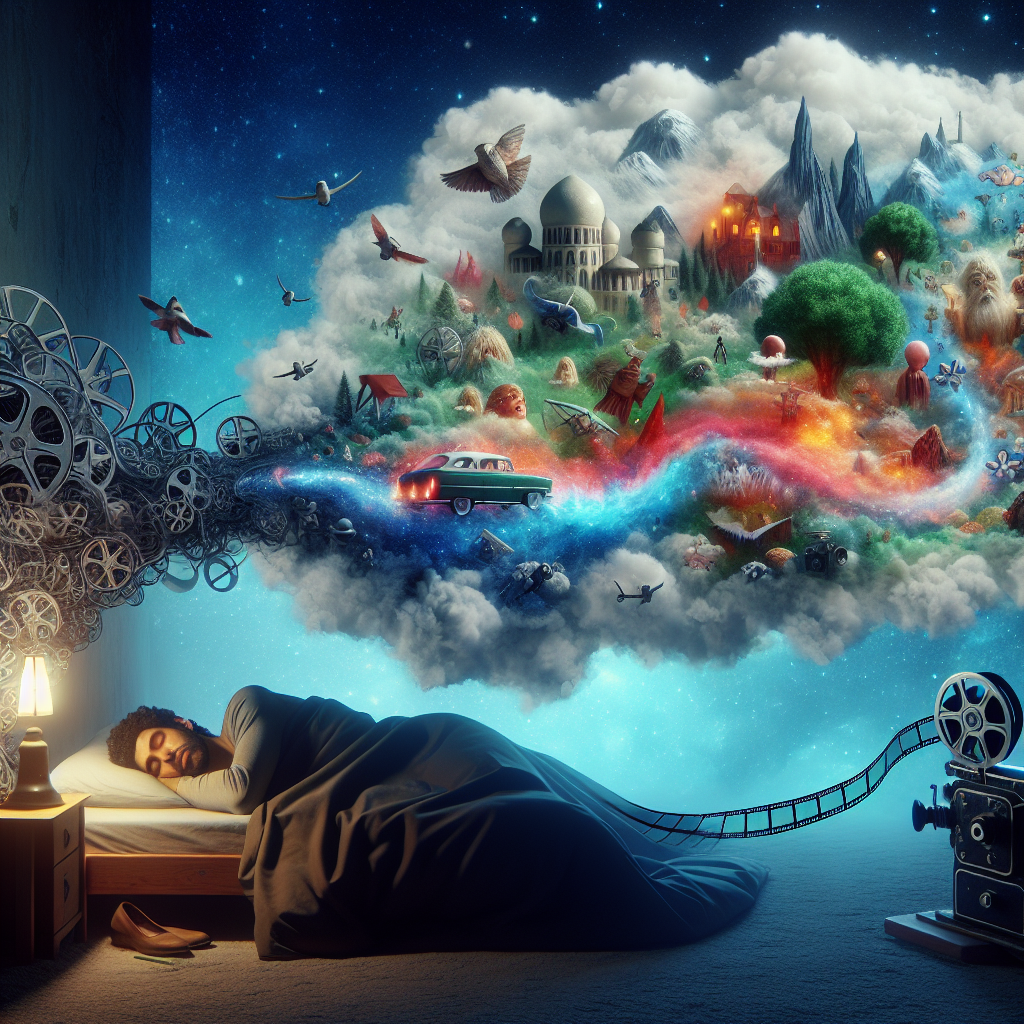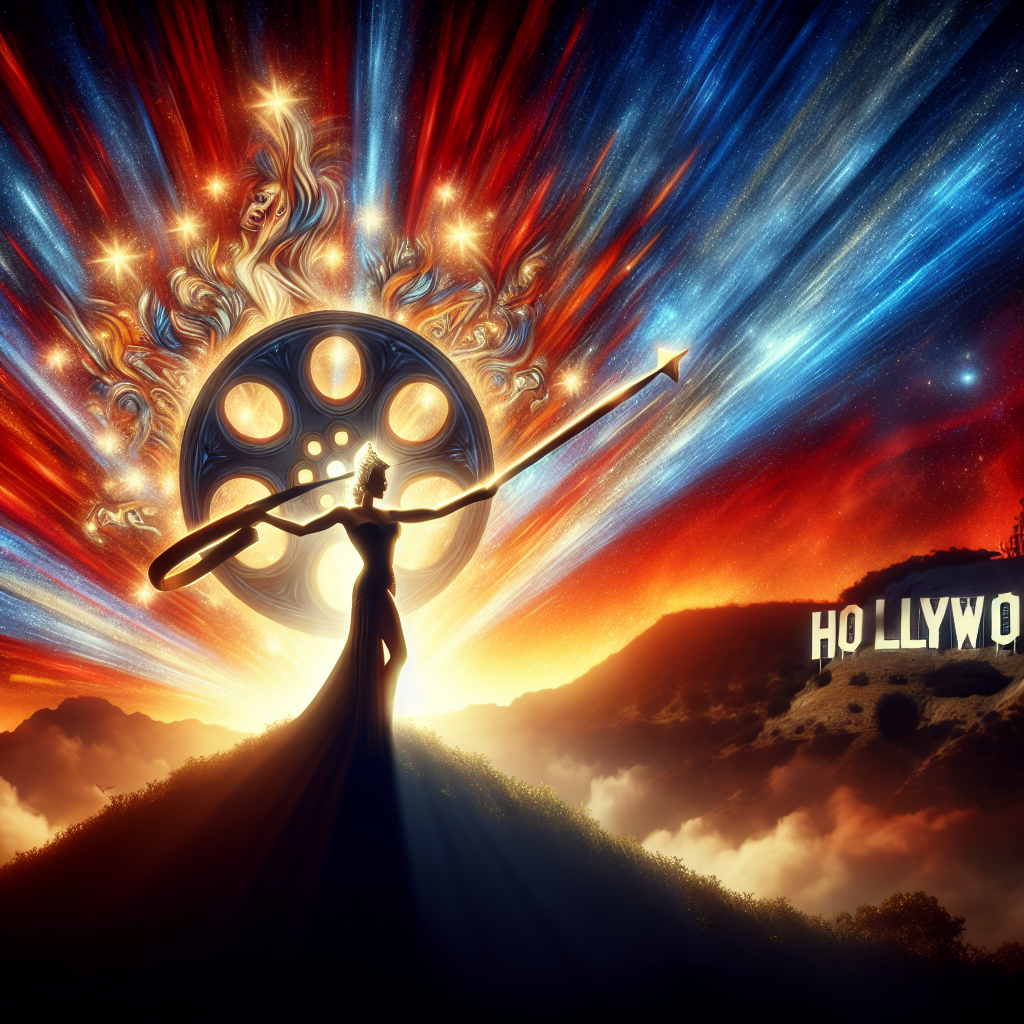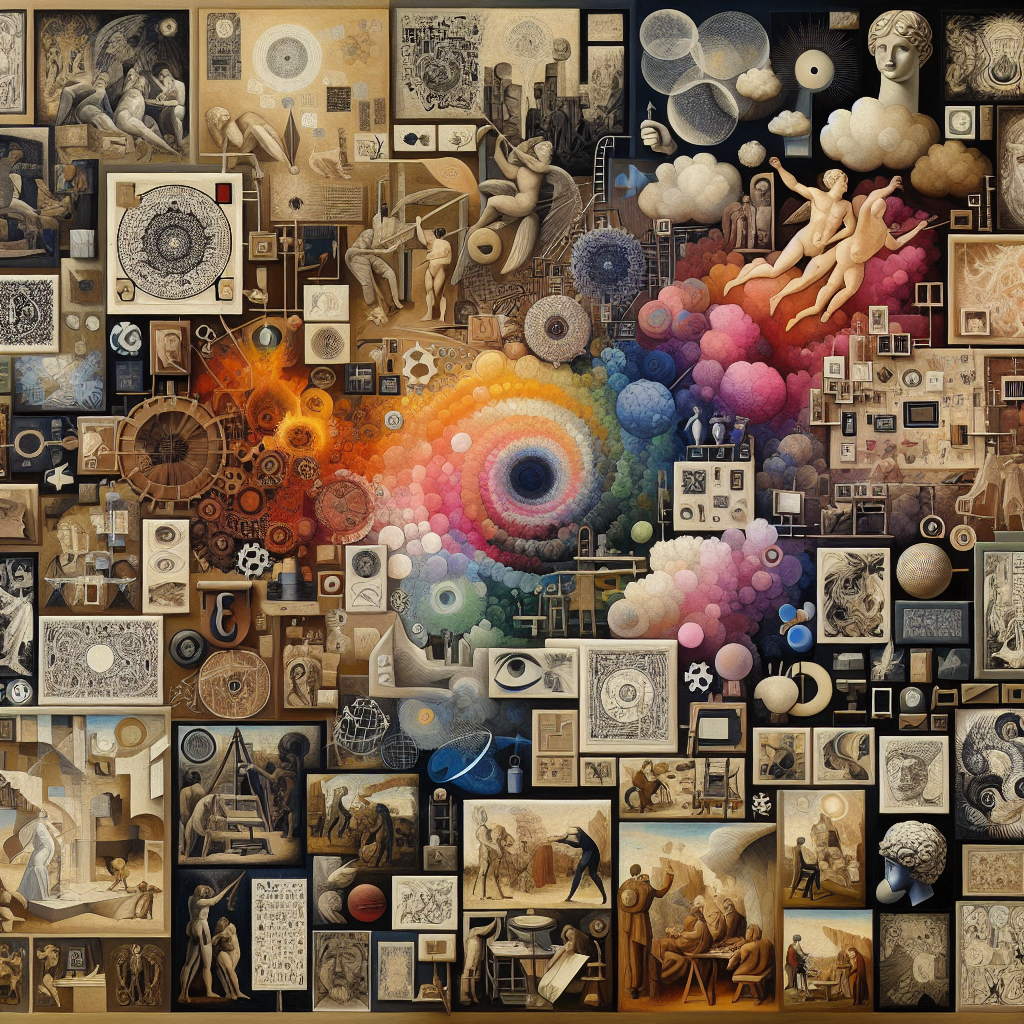Before cinema, dreams were deeply personal — abstract, fleeting, and shaped only by one’s imagination and lived experience. Then came moving pictures, and with them, a revolution in how the human mind visualizes stories, emotions, and even its own subconscious. The invention of film didn’t just give us entertainment; it subtly rewired our collective imagination. It changed the texture, pacing, and visual grammar of our dreams. Today, the line between the way we dream and the way we experience movies is thinner than ever.
From the moment early audiences saw images flicker to life on a screen, their minds began absorbing a new kind of visual syntax — jump cuts, slow motion, dissolves, point-of-view shots. Filmmakers learned to mimic the strange elasticity of time that dreams naturally possess. And then, in a strange loop, our dreams began mimicking the movies. People started reporting dreams that unfolded like narratives, with clear beginnings, climaxes, and endings — something far rarer before the age of film. Psychologists have even suggested that as cinema taught us to "see" stories externally, our unconscious adopted that structure internally.
It’s no coincidence that some of cinema’s most iconic works — from Un Chien Andalou to Inception — have explicitly explored the dream world. Directors like Luis Buñuel and David Lynch tapped into the dream’s logic of association, where meaning dissolves and reforms without warning. These surreal films didn’t just depict dreams; they taught audiences to think and dream more cinematically. Our collective subconscious absorbed the rhythms of the screen: a cut to a new setting, a shift in lighting, a sound swelling just before something impossible happens.
Cinema also democratized the imagery of dreams. Before movies, people dreamt of what they had seen — their homes, their towns, the landscapes they personally knew. But after decades of Hollywood, anime, and global cinema, our dreamscapes began filling with city skylines we’ve never visited, faces we’ve never met, and camera angles we’ve never physically experienced. The visual vocabulary of the modern dream borrows from shots and sequences we’ve consumed unconsciously over a lifetime of film-watching. We dream in aerial pans, montages, close-ups, and fades to black.
Even the emotional quality of dreams changed. Silent films, with their exaggerated expressions and sweeping gestures, may have redefined how we imagine emotion in our sleep. The close-up — one of cinema’s greatest inventions — taught us to focus on details and microexpressions. The dream world, which used to feel vast and faceless, began centering on intimate encounters, cinematic lighting, and music-like emotional cues. Our subconscious, ever adaptive, took notes from the director’s chair.
What’s especially fascinating is how cinema’s relationship with dreams mirrors our evolving relationship with reality itself. Just as dreams blend memory and imagination, movies blend truth and illusion. The silver screen made us comfortable with simulated experiences. It gave us a safe space to feel, to fear, to hope — and that emotional rehearsal has bled into our unconscious life. When we dream now, we don’t just process our day; we sometimes replay cinematic logic: a dissolve transition from childhood to adulthood, a plot twist where we discover we’re the dreamer and the dreamed.
And as technology advances — from IMAX screens to virtual reality — the influence grows even stronger. Immersive storytelling blurs the final barriers between waking life, cinematic experience, and dreaming. Some neuroscientists even argue that the way the brain processes films and dreams is strikingly similar: both involve internal simulations powered by emotion, memory, and imagination, and both activate the same neural networks responsible for empathy and self-awareness.
So next time you wake from a vivid dream that feels like a lost film, with perfect lighting and a haunting soundtrack, remember: it might just be cinema’s legacy playing out behind your eyelids. Film didn’t just change how we see the world — it changed how we imagine it, even when our eyes are closed.



